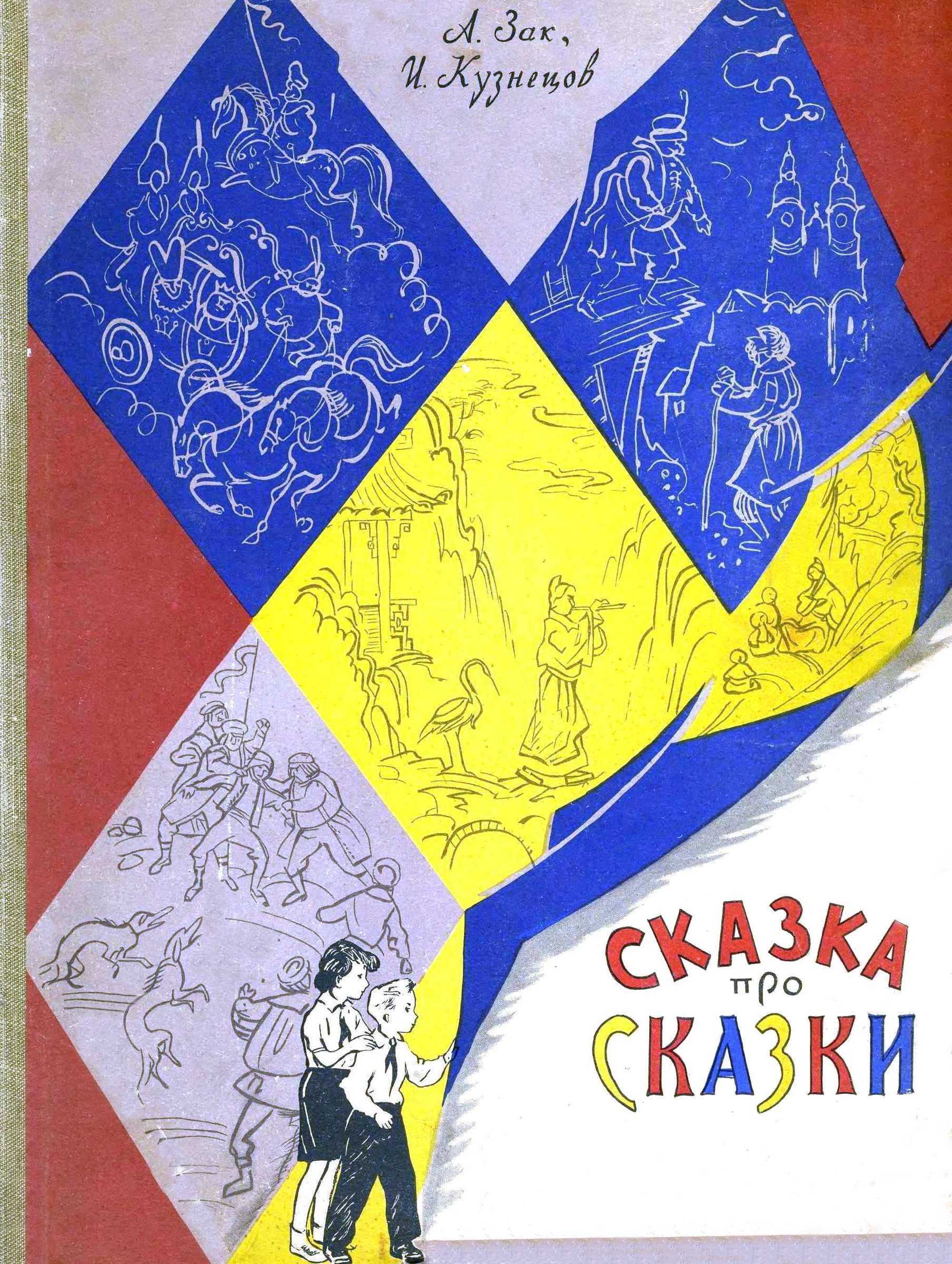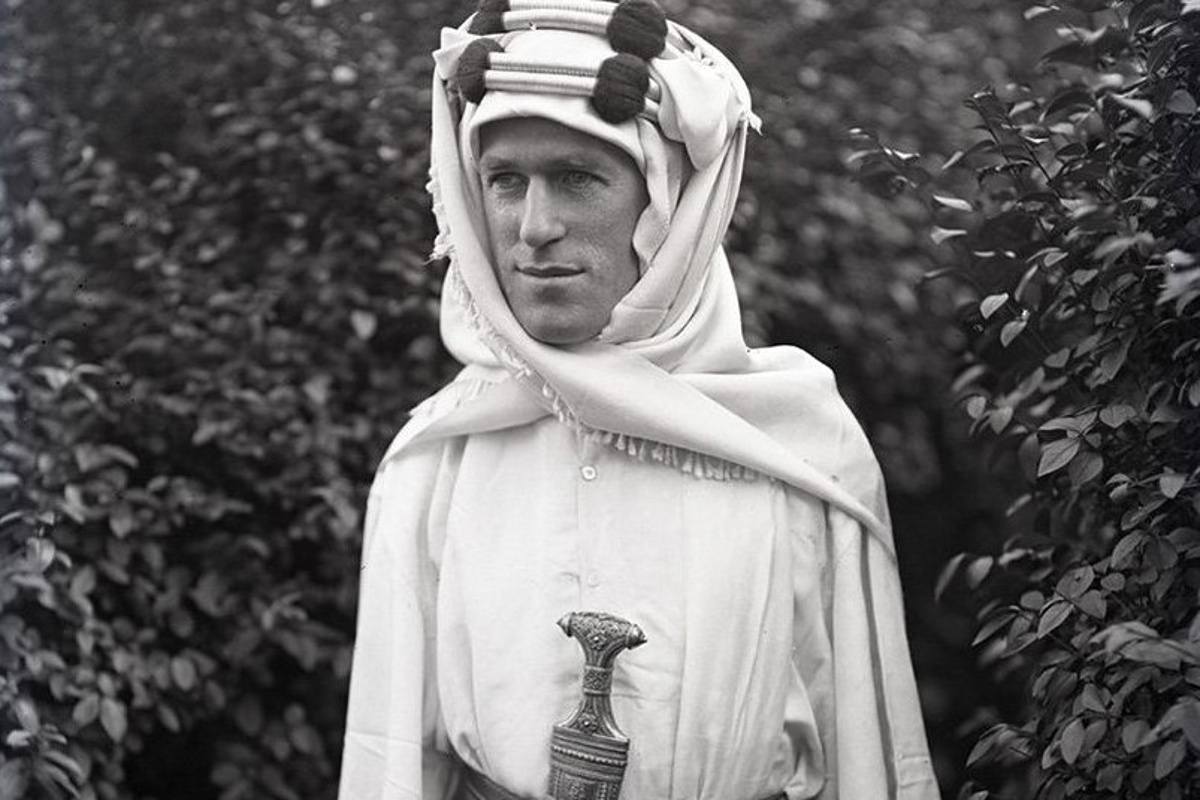Мировые религии и культы: главные святыни. От паломничества до религиозного туризма - Кэтрин Херлок
Книгу Мировые религии и культы: главные святыни. От паломничества до религиозного туризма - Кэтрин Херлок читаем онлайн бесплатно полную версию! Чтобы начать читать не надо регистрации. Напомним, что читать онлайн вы можете не только на компьютере, но и на андроид (Android), iPhone и iPad. Приятного чтения!
Шрифт:
Интервал:
Закладка:
35
Howard J. Wechsler, Offerings of Jade and Silk: Ritual and Symbol in the Legitimation of the T’ang Dynasty (New Haven: Yale University Press, 1985), 170–211.
36
Jonathan Karam Skaff, Sui-Tan China and Its Turko-Mongol Neighbors: Culture, Power, and Connections, 580–800, (Oxford: Oxford University Press, 2012), 146; X. L. Woo, Empress Wu the Great (New York: Algora, 2008), 86.
37
Dott, Identity Reflections, 153.
38
N. Harry Rothschild, Empress Wu Zhao and Her Pantheon of Devis, Divinities, and Dynastic Mothers (New York: Columbia University Press, 2015), 115–16, 170.
39
Wechsler, Offerings of Jade and Silk, 184.
40
Хотан – государство, частично занимавшее территории современных Китая и Таджикистана. Было одним из крупных транзитных пунктов Великого шелкового пути. Просуществовало с I века по 1006 год.
41
Skaff, Sui-Tang China, 146.
42
Bingenheimer, ‘Pilgrimage in China’, 349.
43
Ibid., 353
44
Han Lifeng, ‘Communicating Civilization through Rituals: Mount Tai Pilgrimages in Song China, 960–1279’, Journal of Chinese Humanities, 1 (2015), 335–62.
45
Michael G. Chang, A Court on Horseback: Imperial Touring & the Construction of Qing Rule, 1680–1785 (Cambridge, MA: Harvard University Press, 2007), 79–80.
46
Dott, Identity Reflections, 159, 16.
47
Naquin, Gods of Mount Tai, 260.
48
Хань – крупнейшая народность Китая.
49
Dott, Identity Reflections, 165–6.
50
Naquin, Gods of Mount Tai, 260.
51
Dott, Identity Reflections, 175; Jimmy Yu, Sanctity and Self-Inflicted Violence in Chinese Religions, 1500–1700 (Oxford: Oxford University Press, 2012), 168, n. 9.
52
Dott, Identity Reflections, 175; Naquin, Gods of Mount Tai, 198.
53
Запретный город – самый большой дворцовый комплекс в мире (более 720 000 м2) в центре Пекина. Более 500 лет служил резиденцией императоров, сейчас это музей с 70 000 экспонатов.
54
Dott, Identity Reflections, 159.
55
Dott, Identity Reflections, 166.
56
Ibid., 160; Bernbaum, Sacred Mountains, 55.
57
Naquin, Gods of Mount Tai, 261; Dott, Identity Reflections, 150.
58
Kristina Kleutghen, Imperial Illusions: Crossing Pictorial Boundaries in the Qing Palace (Seattle: University of Washington Press, 2015), 111; Elliott, Emperor Quinlong, 41–3.
59
Norman Kutcher, ‘The death of the Xiaoxian Empress: Bureaucratic Betrayals and the Crises of Eighteenth-Century Chinese Rule’, Journal of Asian Studies, 56 (1997), 708–25.
60
Alexander Woodside, ‘The Ch’ien-lung Reign’, in Cambridge History of China: Volume 9, The Ch’ing Dynasty to 1800, Part 1 (Cambridge: Cambridge University Press, 2008), 234–5; Mark C. Elliott, ‘Introduction: The Qianlong Emperor and His Age’, in The Emperor’s Private Paradise: Treasures from the Forbidden City, ed. Nancy Berliner (New Haven: Yale University Press, 2010), 40.
61
Robert E. Harrist, The Landscape of Words: Stone Inscriptions from Early and Medieval China (Seattle: University of Washington Press, 2008), 246.
62
William T. Rowe, China’s Last Empire: the Great Qing (Cambridge, MA: Belknap Press of Harvard University Press, 2009).
63
Ruth A. Freed and Stanley A. Freed, Rites of Passage of the Shanti Nagar (New York: American Museum of Natural History, 1980), 349.
64
Vidya Dehejia, Art of the Imperial Cholas (New York: Columbia University Press, 1990), 79.
65
Steven G. Darian, The Ganges in Myth and History (Delhi: Motilal Banarsidass Publishers, 1978), 11.
66
Fanny Parks, Wanderings of a Pilgrim, in Search of the Picturesque (London: Richardson, 1850), 260.
67
Vikash Singh and Sangeeta Parashar, ‘Hardwar: Spirit, Place, Politics’, Religions, 10 (2019), 10.
68
Knut A. Jacobson, ‘Pilgrimage’, in Hindu Law: A New History of Dharmaśāstra, ed. Patrick Olivelle and Donald R. David, Jr, (Oxford: Oxford University Press, 2018), 335.
69
Christopher Bayly, ‘From Ritual to Ceremony: Death, Ritual and Society in North India since 1600’, in J. Whaley, ed., Mirrors of Mortality: Studies in the Social History of Death (London: Europa Publications, 1981), 163.
70
Samuel Purchas, Purchas his Pilgrimage (London, 1626), 509.
71
Jean de Thévenot, The travels of Monsieur de Thevenot into the Levant (London: J. Clark, 1687), 66.
72
John Matheson, England to Delhi: A Narrative of Indian Travel (London: Longmans Green, 1835), 315.
73
Abdur Rasheed, The Travellers’ Companion: containing a brief description of places of pilgrimage and important towns in India (Calcutta: Superintendent Government Printing, 1907), 20, 29, 30, 34, 39, 55, 80, 96, 123, 129, 235.
74
Jadunath Sarkar, India of Aurangzib compared with the India of Akbar, with extracts from the Khulastatu-t-Tawarikh (Calcutta: Bose Brothers, 1901), 19.
75
R. V. Raper, ‘Narrative of a Survey for the Purpose of Discovering the Source of the Ganges’, Asiatick Researches, 11 (1810), 452; James H. Lochtefeld, God’s Gateway: identity and meaning in Hindu Pilgrimage Place (Oxford: Oxford University Press, 2010), 49–50.
76
Прочитали книгу? Предлагаем вам поделится своим отзывом от прочитанного(прослушанного)! Ваш отзыв будет полезен читателям, которые еще только собираются познакомиться с произведением.
Уважаемые читатели, слушатели и просто посетители нашей библиотеки! Просим Вас придерживаться определенных правил при комментировании литературных произведений.
- 1. Просьба отказаться от дискриминационных высказываний. Мы защищаем право наших читателей свободно выражать свою точку зрения. Вместе с тем мы не терпим агрессии. На сайте запрещено оставлять комментарий, который содержит унизительные высказывания или призывы к насилию по отношению к отдельным лицам или группам людей на основании их расы, этнического происхождения, вероисповедания, недееспособности, пола, возраста, статуса ветерана, касты или сексуальной ориентации.
- 2. Просьба отказаться от оскорблений, угроз и запугиваний.
- 3. Просьба отказаться от нецензурной лексики.
- 4. Просьба вести себя максимально корректно как по отношению к авторам, так и по отношению к другим читателям и их комментариям.
Надеемся на Ваше понимание и благоразумие. С уважением, администратор knigkindom.ru.
Оставить комментарий
-
 Ариэль летит24 декабрь 21:18
А в этой книге открываются такие интриги, такие глубины грязной политики, и как противостояние им- вечные светлые истины, такие,...
Сеятели ветра - Андрей Васильев
Ариэль летит24 декабрь 21:18
А в этой книге открываются такие интриги, такие глубины грязной политики, и как противостояние им- вечные светлые истины, такие,...
Сеятели ветра - Андрей Васильев
-
 Гость Екатерина24 декабрь 15:37
Очень юморная книга. Спасибо автору...
Жена с татуировкой дракона - Кристина Юрьевна Юраш
Гость Екатерина24 декабрь 15:37
Очень юморная книга. Спасибо автору...
Жена с татуировкой дракона - Кристина Юрьевна Юраш
-
 Нинель24 декабрь 12:30
Хорошая история, душевная, практически реальная, веришь автору, что так и было...хочу такого же Макса, просто до мурашек... Но,...
Проще, чем кажется - Юлия Устинова
Нинель24 декабрь 12:30
Хорошая история, душевная, практически реальная, веришь автору, что так и было...хочу такого же Макса, просто до мурашек... Но,...
Проще, чем кажется - Юлия Устинова










